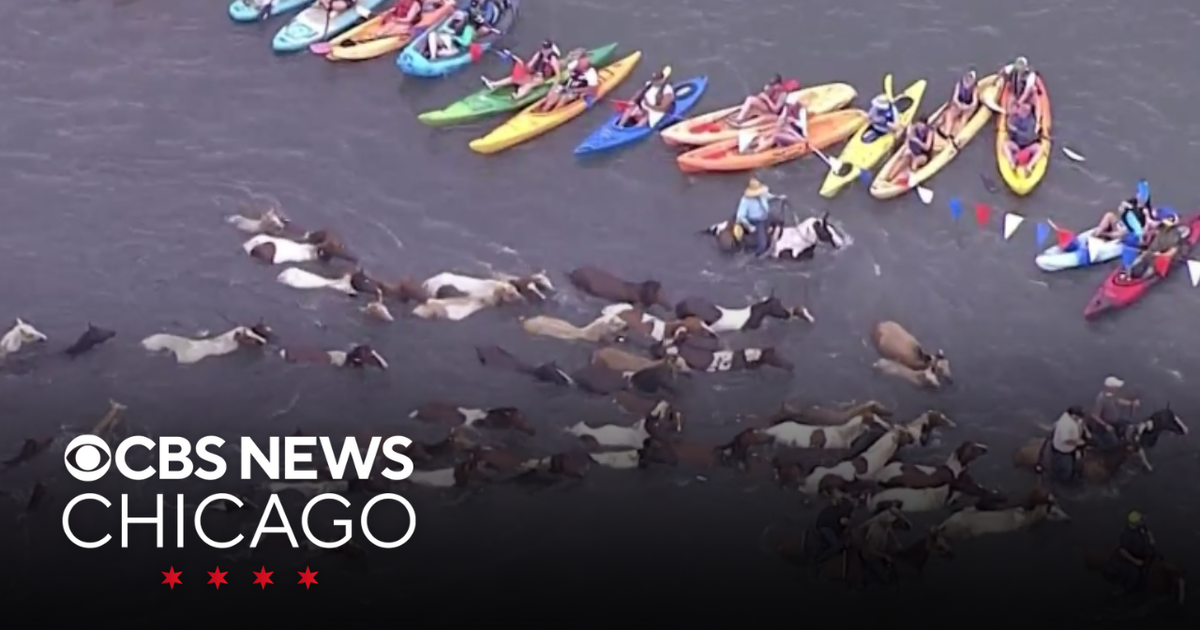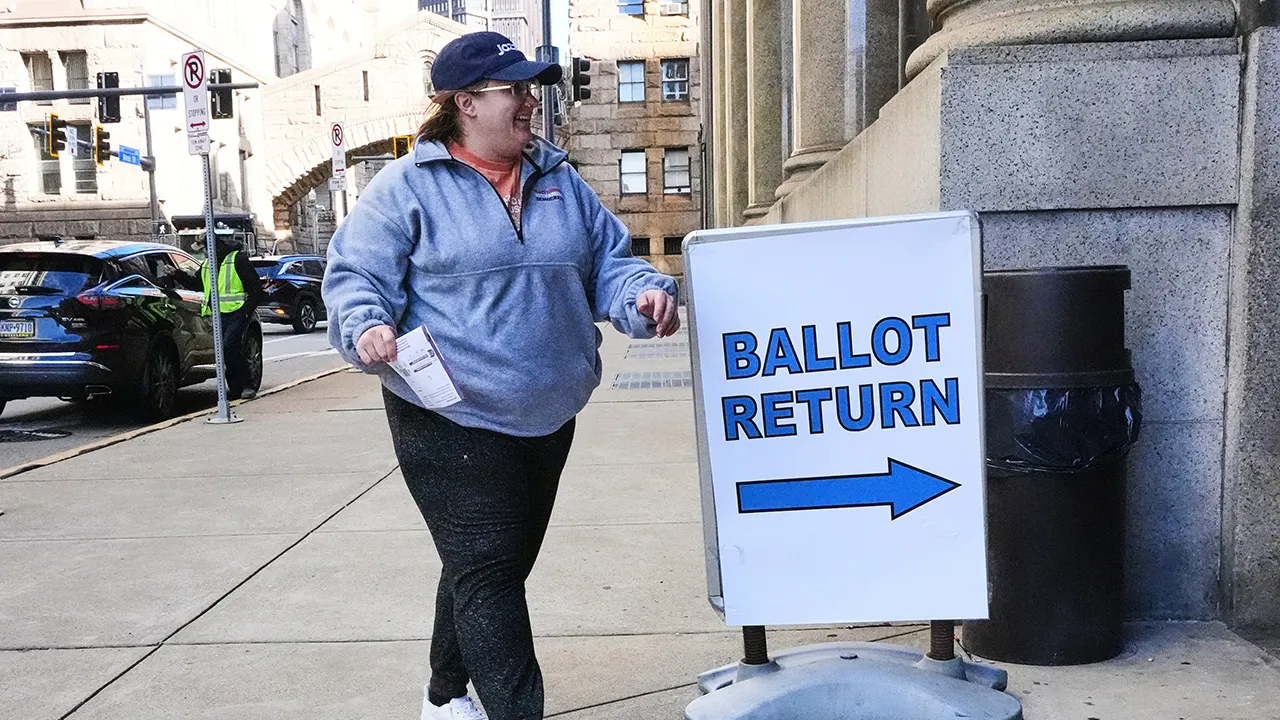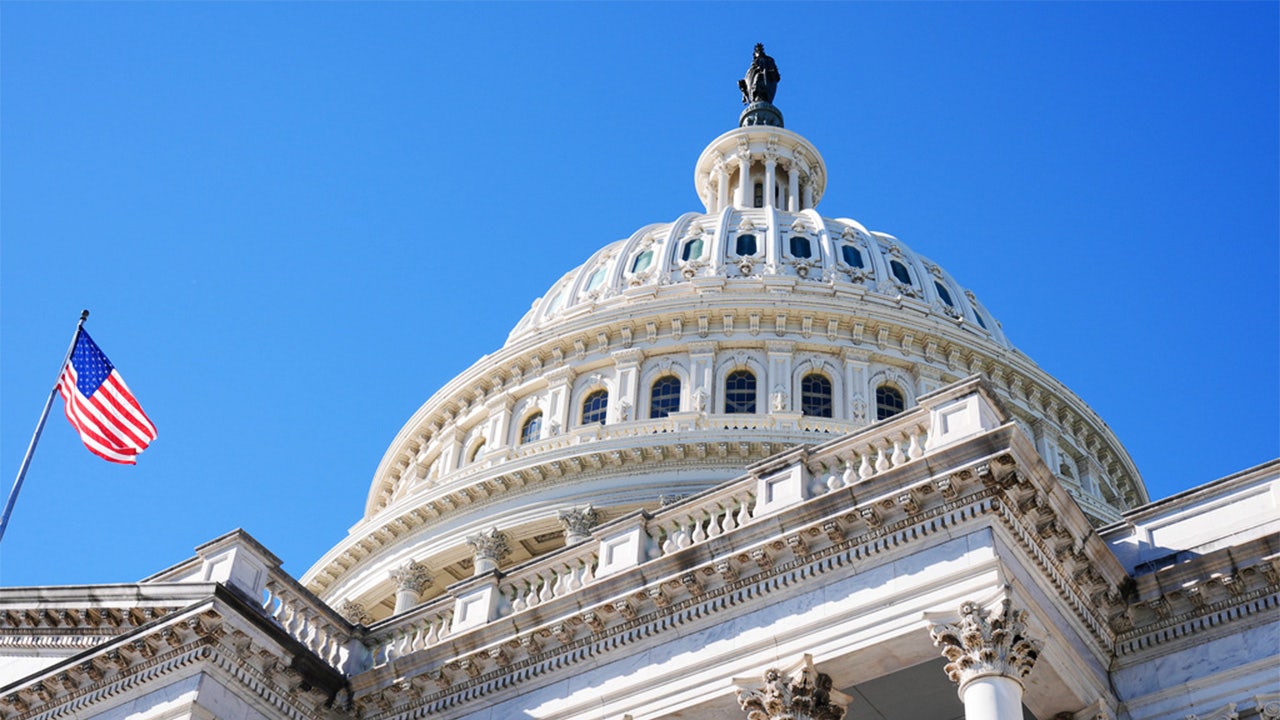World
Israel says war on Gaza likely to last another seven months

Israel’s national security adviser says the continuing war on Gaza is likely to last through the end of the year.
In an interview with Israel’s Kan public broadcaster on Wednesday, Tzachi Hanegbi said “we are expecting another seven months of fighting” to destroy the military and governing capabilities of Hamas and the smaller Palestinian Islamic Jihad (PIJ) group.
His remarks came as Israel finds itself increasingly isolated on the world stage nearly eight months into the assault, with even the United States and other close allies expressing outrage over the civilian death toll.
Hanegbi defended Israel’s ongoing operations in Rafah, on Gaza’s border with Egypt, saying the frontier had become a “smuggling kingdom” since 2007, when Hamas began governing Gaza.
“Every rocket, every explosive device, every shot fired at Israel is because that border was breached,” he said.
Later on Wednesday, an Israeli military spokesman said the army had gained “operational control” over the narrow Philadeplhi Corridor, a buffer zone between Egypt and Gaza that was created as part of the 1979 peace treaty between Israel and Egypt.
“In recent days, our forces have taken operational control of the Philadelphi Corridor,” army spokesman Daniel Hagari said in a televised address.
Egypt has expressed grave concerns about Israel’s Rafah offensive, saying it threatens the peace treaty.
Hanegbi’s remarks raise questions about the future of Gaza and what kind of role Israel will play in it. Already, top ally the US has demanded that Israeli Prime Minister Benjamin Netanyahu produce a postwar vision for the Palestinian territory, and his defence minister and a top governing partner have warned that he must take steps to ensure that Israel does not remain in Gaza indefinitely.
Israel’s assault has already devastated Gaza’s urban landscape, displaced most of the territory’s population and sparked a humanitarian catastrophe and widespread hunger. Israel claims it must dismantle Hamas’s last remaining battalions in Rafah and also said it will seek indefinite security control over the Gaza Strip.
Hamas has rejected any postwar plan that excludes the group, reiterating that it will remain in Gaza.
The Rafah offensive has so far killed dozens of Palestinians as NGOs and professional unions declared Gaza a “famine-stricken” zone.
Recent attacks have struck so-called safe humanitarian zones near Rafah, killing dozes of people, according to Palestinian officials.
Israeli tanks moved into the heart of Rafah city on Tuesday despite an order from the International Court of Justice for Israel to end its attacks on the area.
Situation ‘getting worse’
Al Jazeera’s Hani Mahmoud, reporting from Deir el-Balah, said that in the central part of Rafah city, there is “a confirmed report of families trapped inside their residential homes, caught in the line of artillery fire”.
Israeli quadcopters had pursued people there, he said, preventing them from evacuating to safer areas.
“From the northeast to the northwest of Rafah, where tent camps have been attacked in recent days, the situation is getting worse by the hour because of the expansive military operations,” Mahmoud said.
“At the same time, nearly all health and public facilities are pushed out of service right now.”
The World Court said Israel had not explained how it would keep evacuees from Rafah safe and provide food, water and medicine. Its ruling also called on Hamas to release hostages taken from Israel on October 7 immediately and unconditionally.
Rafah residents said Israeli tanks had pushed into Tal as-Sultan in the west and Yibna and near Shaboura in the centre before retreating towards a buffer zone on the border with Egypt, rather than staying put as they have in other offensives.
Palestinian health officials said on Wednesday that 19 civilians had been killed in Israeli air strikes and shelling across Gaza.
Health Minister Majed Abu Ramadan urged Washington to pressure Israel to open the Rafah crossing to Egypt for aid supplies, saying that there was no indication that Israeli authorities would do so soon and that patients in besieged Gaza were dying for lack of treatment.
The United States, Israel’s closest ally, reiterated its opposition to a major ground offensive in Rafah on Tuesday while saying it did not believe such an operation was under way.
The armed wing of Hamas and that of its ally PIJ said they confronted invading forces in Rafah with antitank rockets and mortar bombs and blew up explosive devices they had planted, resulting in numerous successful hits.
The Israeli military said three Israeli soldiers were killed and three badly wounded.
In the nearby city of Khan Younis, an Israeli air strike killed three people overnight, including Salama Baraka, a former senior Hamas police officer, medics and Hamas media said. Another killed four people, including two children, medics said.
In northern Gaza, Israeli forces shelled Gaza City neighbourhoods and moved deeper into Jabalia, where residents said large residential districts were destroyed.
More than 36,000 Palestinians have been killed in Israel’s Gaza offensive, according to health officials.

World
UPS distribution hub in Louisville has 300 flights per day. What to know
LOUISVILLE, Ky. (AP) — A UPS cargo plane crashed Tuesday at an airport in Louisville, Kentucky, where the company operates its largest package delivery hub.
UPS calls the giant center Worldport.
Here’s what to know about its enormous scale:
Processes 2 million packages per day
The facility at Muhammad Ali International Airport sprawls across an area the size of 90 football fields.
It processes 2 million packages per day, but has the ability to handle even more. It has the capacity to process 416,000 packages and documents per hour if needed.
The Louisville airport ranks third among U.S. airports for cargo as measured by weight, after Memphis, Tennessee, and Anchorage, Alaska, according to Airports Council International World.
A UPS town
Some 20,000 people work at the center, making UPS the largest employer in the Louisville area, the company said on its website.
Louisville Metro Council member Betsy Ruhe said everyone in town knows someone who works at UPS.
“My heart goes out to everybody at UPS because this is a UPS town,” Ruhe said. “My cousin’s a UPS pilot. My aide’s tennis partner is a UPS pilot. The intern in my office works overnight at UPS to pay for college.”
Hundreds of flights per day
More than 300 flights take off and land from the facility each day..
A time-lapse video UPS posted on YouTube shows planes taxiing to and from special cargo gates. Workers unload containers packed with cardboard boxes. Other employees load the boxes onto a conveyor belt, which delivers packages to workers who load them into other containers.
The center has room for 125 aircraft to park.
Louisville’s location in Kentucky puts it within four hours of flight time to 95% of the U.S. population. It serves 200 countries around the world.
UPS flies six different types of planes in the U.S.
It has 27 MD-11s, which is the model that crashed on Tuesday. It also flies the Airbus A300-600 and four different types of Boeing jets: the 757-200, 767-300, 747-400 and 747-8.
Expansions in Louisville
UPS made Louisville an air cargo hub starting in the 1980s. It opened the package sorting center it calls Worldport in 2002. The public media outlet Marketplace reported UPS picked the city because it doesn’t get a lot of extreme heat or snow and because it’s centrally located.
The hub has steadily grown over the decades. Last year, UPS opened a new $220 million aircraft hangar in Louisville large enough to park two 747 planes side by side. The investment tripled the company’s maintenance footprint for the plane at the airport.
In 2022 it announced plans to add eight new flight simulators.
UPS Healthcare, which provides shipments for clinical trials, shipments to medical care patients and other services, was due to get two new buildings in the expansion.
UPS gets permission to fly its own planes in 1988
UPS got its start in Seattle in 1907, when two teenagers started American Messenger Co. The name United Parcel Service debuted in 1919.
The company won Federal Aviation Administration approval to operate its own aircraft in 1988.
Headquartered in Atlanta, UPS today employs about 490,000 people worldwide.
___
This story has been corrected to show that the facility is equivalent in size to 90 football fields, not 10.
World
Hegseth applauds South Korea’s plan to take larger role in defense against North Korean aggression

NEWYou can now listen to Fox News articles!
U.S. Pentagon chief Pete Hegseth on Tuesday lauded South Korea’s plans to boost its military spending and take on a larger role in defending itself from North Korea’s aggression.
The U.S. has wanted South Korea to increase its conventional defense capabilities so that Washington can center its attention on China.
Hegseth spoke to reporters after annual security talks with South Korean Defense Minister Ahn Gyu-back in Seoul, where he said he was “greatly encouraged” by Seoul’s commitment to raising defense spending and making greater investments in its own military capabilities.
He said the two allies agreed that the investments would boost South Korea’s ability to lead its conventional deterrence against its northern foe.
US, CHINA AGREE TO OPEN DIRECT MILITARY HOTLINE AFTER XI-TRUMP SUMMIT
U.S. Defense Secretary Pete Hegseth, left, looks on as South Korean Defense Minister Ahn Gyu-back, right, speaks during a joint press conference following the 57th Security Consultative Meeting at the Defense Ministry in Seoul, South Korea, Tuesday, Nov. 4, 2025. (AP)
South Korean President Lee Jae Myung, in a speech to parliament Tuesday, asked lawmakers to approve an 8.2% increase in defense spending next year. The president said the increase in spending would help modernize the military’s weapons systems and reduce its reliance on the U.S.
Hegseth noted defense cooperation on repairing and maintaining U.S. warships in South Korea, stressing that the activities harness South Korea’s shipbuilding capabilities and “ensure our most lethal capabilities remain ready to respond to any crisis.”
“We face, as we both acknowledge, a dangerous security environment, but our alliance is stronger than ever,” Hegseth said.
TRUMP ARRIVES IN SOUTH KOREA FOR KEY TALKS AHEAD OF APEC SUMMIT, XI MEETING — NO KIM JONG UN REUINION

U.S. Defense Secretary Pete Hegseth, second from left, and South Korean Defense Minister Ahn Gyu-back, center, visit the Observation Post Ouellette near the border village of Panmunjom, South Korea, Monday, Nov. 3, 2025. (AP)
Hegseth said the South Korea-U.S. alliance is primarily meant to respond to potential North Korean aggression, but other regional threats must also be addressed.
“There’s no doubt flexibility for regional contingencies is something we would take a look at, but we are focused on standing by our allies here and ensuring the threat of the [Democratic People’s Republic of Korea] is not a threat to the Republic of Korea and certainly continue to extend nuclear deterrence as we have before,” he said.
In recent years, the U.S. and South Korea have discussed how to integrate U.S. nuclear weapons and South Korean conventional weapons.

U.S. Defense Secretary Pete Hegseth, left, shakes hands with South Korean Defense Minister Ahn Gyu-back for a photo at the 57th Security Consultative Meeting at the Defense Ministry in Seoul, South Korea, Tuesday, Nov. 4, 2025. (AP)
CLICK HERE TO DOWNLOAD THE FOX NEWS APP
South Korea has no nuclear weapons, and Ahn denied speculation that it could eventually seek its own nuclear weapons program or that it is pushing for redeployment of U.S. tactical weapon weapons that were removed from South Korea in the 1990s.
Earlier Tuesday, South Korea’s Joint Chiefs of Staff said the country detected North Korea test-firing around 10 rounds of artillery toward its western waters on Monday, shortly before Hegseth arrived at an inter-Korean border village with Ahn to begin his two-day visit to South Korea.
Hegseth visited the Demilitarized Zone on the border with North Korea earlier in the week.
World
Vetoes, reforms: Main takeaways from Euronews’ Enlargement summit
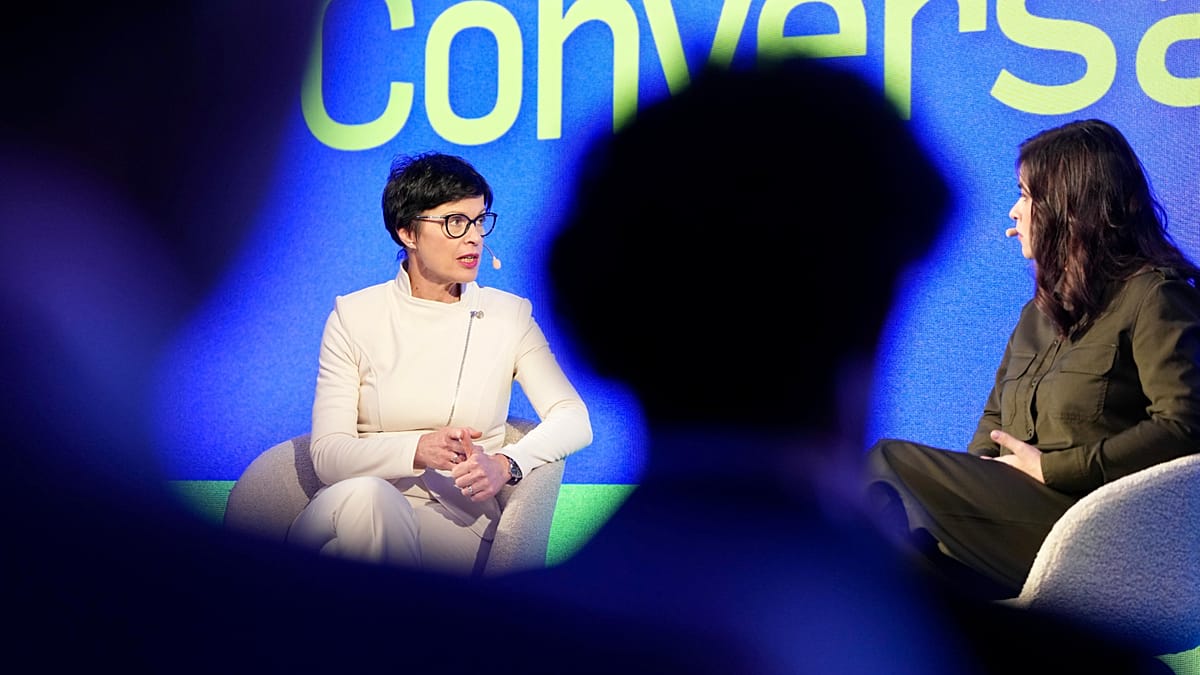
Amid a shifting geopolitical landscape and rising global instability, European Union enlargement has re-emerged as one of the bloc’s defining strategic questions. At a high-level Euronews summit bringing together EU officials and leaders from candidate countries, the message was clear: expanding the Union is no longer a matter of choice, but of necessity.
But the unique gathering also highlighted the mounting frustrations on both sides with the enlargement process, in particular with the use of vetoes.
Here is what you need to know about Euronews’ first such summit.
Enlargement is a geopolitical necessity
All the leaders present at the summit agreed that enlargement is a geopolitical necessity for the EU.
European Commission Vice-President António Costa said the EU can no longer delay bringing new members into the bloc.
“The current geopolitical context makes this priority all the more urgent and necessary for the European Union,” he said. “In an age of geopolitical uncertainty and economic instability, an enlarged European Union means a safer, stronger and more peaceful Europe, at home and in the world. Enlarging is the best investment we can make today for our future.”
Maia Sandu, whose country Moldova is particularly vulnerable to interference from Moscow given part of its territory broke away to form the pro-Russia region of Transnistria, stressed that failing to let new members in leaves the door open for competing powers to exert their influence.
“If you don’t support us to stay a democratic country and participate in the stability and security of the region, then we’re going to be used by Russia and are going to be used against Ukraine and the EU countries in the region,” she warned.
Montenegro’s Deputy Prime Minister for Foreign and European Affairs, Filip Ivanović, echoed the sentiment, calling enlargement “the best policy the EU ever had.” He added, “It will transform the EU into a geopolitical player — Montenegro wants to play a role in this.”
Vetoes amount to ‘bullying’ and are ‘not fair’
A key frustration for the leaders was the use of national vetoes by individual EU member states to stall the enlargement process.
Hristijan Mickoski, the prime Minister of North Macedonia, described it as a form of “bullying.”
North Macedonia’s path toward European Union membership has been one of the most protracted and politically complex in the bloc’s history. The country first applied for EU membership in 2004 and was granted candidate status in 2005, but its progress was long stalled by disputes with neighboring countries.
Bulgaria is currently blocking its progress, demanding new changes to the country’s constitution over historical and linguistic issues.
“We would like to see ourselves at the table in Brussels…If somebody dares to bully someone else who wants to join the club, why should the other be silent? This is not normal,” Mickoski said.
“It obviously works…and that’s why it will occur again and again,” he warned.
Marta Kos, the enlargement commissioner, also said it was “not fair” for member states, who have to unanimously approve each step of the accession process, to wield vetoes.
“You notice the same member state has given a green light to give candidate status to Ukraine, has given the green light to start negotiations, but now it is blocking,” she said, referring to Hungary.
“This is not fair and this is not how I see European solidarity and geopolitical need,” she added.
She said that one workaround would be for the Commission and aspiring member states to carry on doing the technical work behind the scene, even if the formal opening of negotiation clusters hasn’t happened so that they are closed quickly when member states do give their backing.
Full-fledged membership or nothing
Leaders from candidate countries have pushed back firmly against proposals suggesting that future EU members could be subjected to a “probation period” when they join during which they might not have the full veto rights.
Ukrainian President Volodymyr Zelenskyy said such an approach would contradict the very principles of equality and unity on which the EU was founded.
“It seems to me it’s very important that Ukraine could get such a treatment as equals,” he said. “If we speak about EU membership, it has to be fully pledged. You cannot be semi- or demi-member of the EU.”
Montenegro’s Ivanović also described the idea of accession without full rights as “hardly acceptable.”
His small country of 620,000 inhabitants has already been “on trial for the past 15 years,” he said. “Once we close all the negotiation chapters, as far as I’m concerned, the trial is over.”
Kos also voiced clear opposition, saying: “No, I’m strictly against, but this is my personal opinion”.
Internal reforms: transitional period, accession treaties
The Commission’s enlargement tsar, who in the coming weeks is expected to present a review onpre-enlargement reforms and policy for the EU to undertake before it accepts new members, instead said the bloc should make better use of accession treaties through which “we can define transitional periods”.
Poland’s accession treaty, for instance, included a transition period related to agricultural land.
“We have transitional periods, we have different areas where we really can talk about, to enable a full integration and really strong EU,” she said.
Countries push back against Commission criticism
Some leaders from candidate countries have pushed back against what they see as overly harsh or one-sided criticism in the European Commission’s latest Enlargement Package, defending their domestic progress and arguing for greater understanding of their political contexts.
Ukrainian President Volodymyr Zelenskyy seemingly took offence to a line in the report that flags “recent negative trends”, including “a pressure on the specialised anti-corruption agencies and civil society”.
He said that despite fighting a full-scale war, Ukrainian authorities “have implemented the widest, the broadest anti-corruption infrastructure in Europe.”
”I don’t know about any country who has that many anti-corruption authorities… We’re doing everything possible,” he said.
Albanian Prime Minister Edi Rama, whose country was urged in the Commission’s report to provide “further efforts” to fight drug traffickers and dismantle organised criminal groups, also took offence.
“In this moment in time we accept support, we accept partnership, we accept help, but we don’t accept lectures from anyone when it comes to the fight against corruption”, Rama said.
Similarly, Serbian President Aleksandar Vučić also dismissed the Commission’s criticism of political polarisation in his country, arguing that division is a global trend rather than a uniquely Serbian problem.
“Tell me the name of a country without deep political polarisation. I don’t know the name,” Vučić said. “Is it Romania? Bulgaria? Germany? France? Great Britain? It’s happening all over the world because of social networks. That’s how it goes in today’s world. That’s the evidence of democracy, which is key.”
The Commission also took aim at Serbia’s low alignment rate with the EU’s foreign policy, especially sanctions against Russia in response to the full-scale invasion of Ukraine, and his decision to visit Moscow to attend a military parade.
“I’m not going to justify myself for talking with someone,” Vučić said. “I believe that everybody should talk to each other.”
-

 Milwaukee, WI1 week ago
Milwaukee, WI1 week agoLongtime anchor Shannon Sims is leaving Milwaukee’s WTMJ-TV (Channel 4)
-

 News1 week ago
News1 week agoWith food stamps set to dry up Nov. 1, SNAP recipients say they fear what’s next
-

 Alabama1 week ago
Alabama1 week agoHow did former Alabama basketball star Mark Sears do in NBA debut with Milwaukee Bucks?
-

 Culture1 week ago
Culture1 week agoVideo: Tyler Mitchell Breaks Down Three Photos From His New Book
-
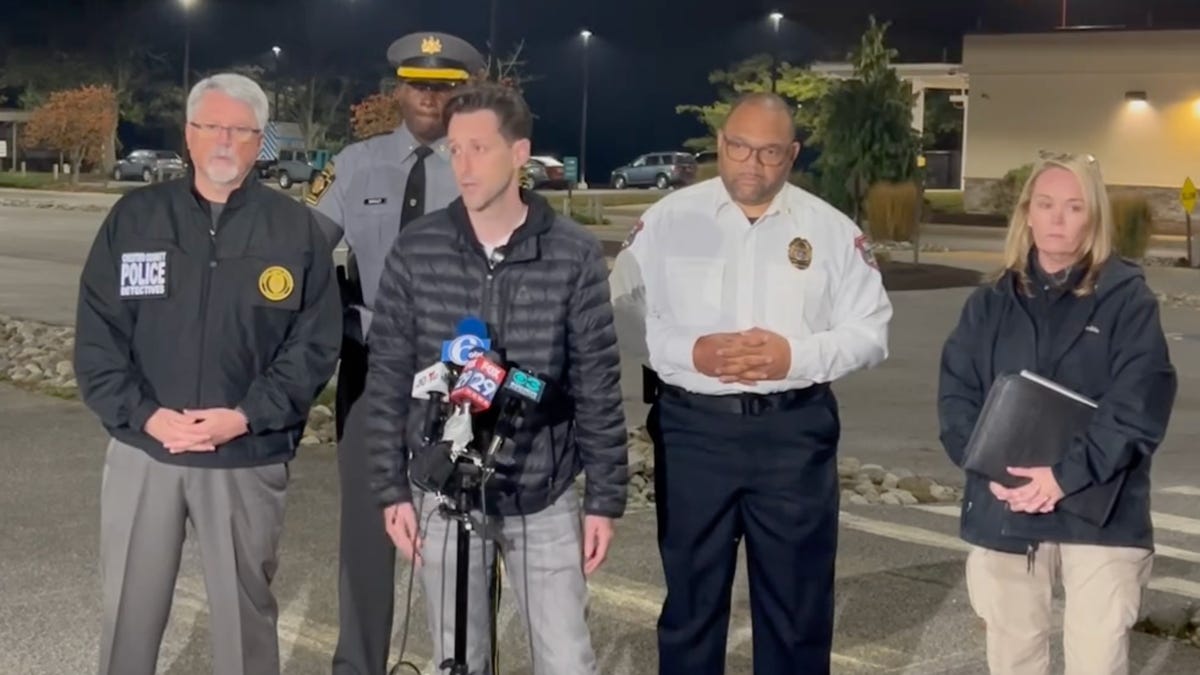
 News1 week ago
News1 week ago1 dead, 6 injured in shooting at Lincoln University homecoming festivities
-

 Austin, TX1 week ago
Austin, TX1 week agoDia De Los Muertos Austin: Parades, Altars & Events
-

 Culture6 days ago
Culture6 days agoVideo: Dissecting Three Stephen King Adaptations
-

 Seattle, WA3 days ago
Seattle, WA3 days agoESPN scoop adds another intriguing name to Seahawks chatter before NFL trade deadline











